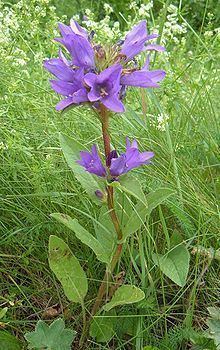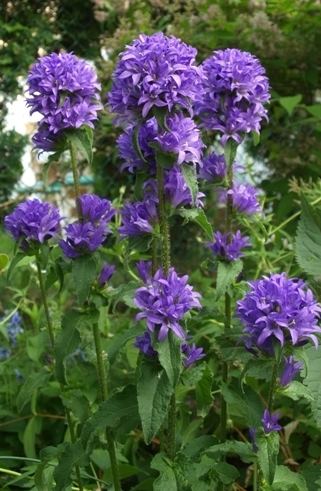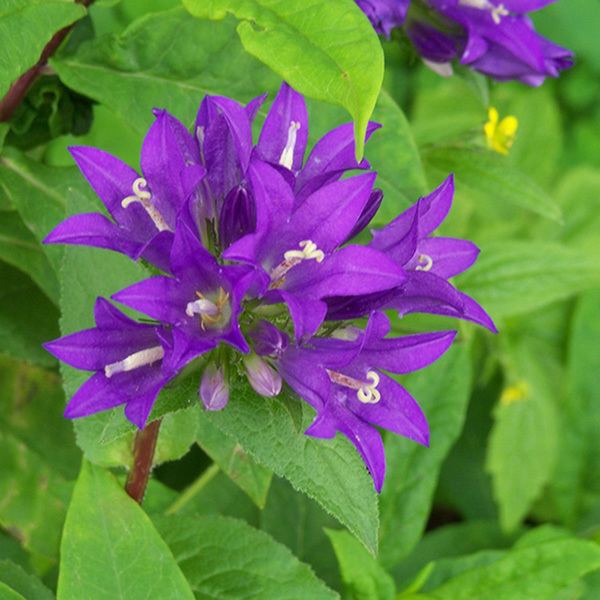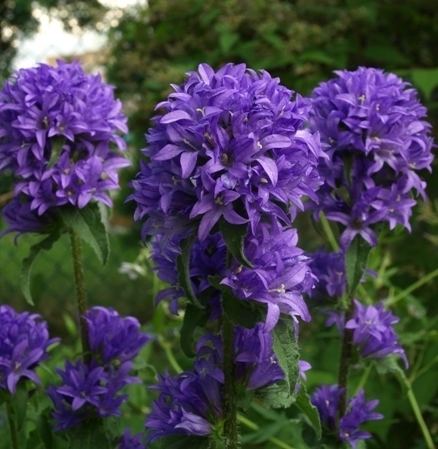Rank Species | Genus Campanula Higher classification Bellflowers | |
Similar Bellflowers, Campanula persicifolia, Campanula carpatica, Nettle‑leaved Bellflower, Campanula rapunculoides | ||
Campanula glomerata, known by the common names clustered bellflower or Dane's blood, is a species of flowering plant in the genus Campanula, belonging to the family Campanulaceae. It is the county flower of Rutland, England.
Contents
Etymology

The etymology of this plant is quite intuitive: the genus Latin name (“campanula”), meaning small bell, refers to the bell-shape of the flower, while the specific name ("glomerata") refers to the tight grouping of the flowers at the top of the stem.
Description

Campanula glomerata is a perennial herbaceous plant growing to a height of 20–60 centimetres (7.9–23.6 in), with a maximum of 90 centimetres (35 in). The stem is simple, erect and shortly pubescent, basal leaves are petiolated, oval-lanceolate and lightly heart-shaped (cordate), while cauline leaves are lanceolate, sessile and amplexicaul. The inflorescence is formed by 15-20 sessile, actinomorphic and hermaphrodite single flowers of about 2 to 3 cm. They are in terminal racemes or in the axils of upper leaves, surrounded by an involucre of bracts. The corolla is campanulate and pubescent with five dark violet-blue or purplish-blue petals. Flowering period is from June to September.
Distribution and Habitat

The species is native to the North Temperate Zone of Eurasia, from Europe to Japan. In Europe it is present almost everywhere except the extreme north. In North America the plant is naturalized.

This plant can be found in forests or dry grasslands, in scrub and open woodland, in grassy but not too wet places, in the edges of woods and along the margins of roads and trails. It prefers calcareous soils, at an altitude up to 1,500 m (4,921 ft) above sea level.
Subspecies
According to WCSP, 15 subspecies are recognized:

Cultivation
The plant is widely cultivated in gardens, with flowers in a range of colours including white, pink, blue and purple. Numerous cultivars have been developed for garden use, including 'Joan Elliott' (with large violet flowers) and the white-flowered 'Schneekrone'. The vigorous cultivar 'Superba', growing to 60 cm (24 in), with rich blue flowers, has gained the Royal Horticultural Society's Award of Garden Merit.
